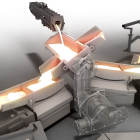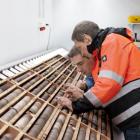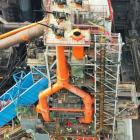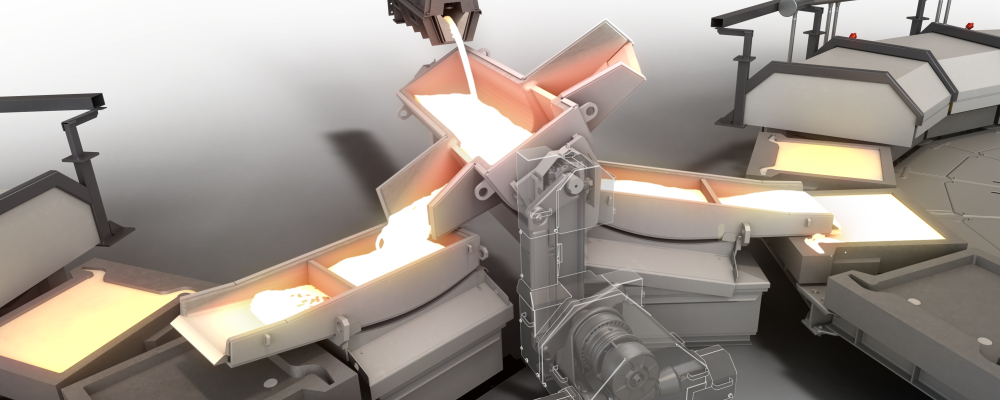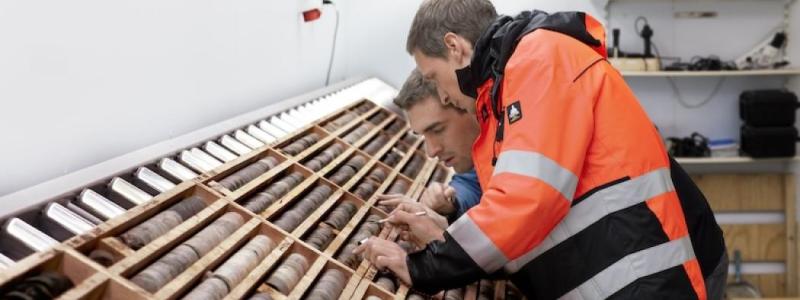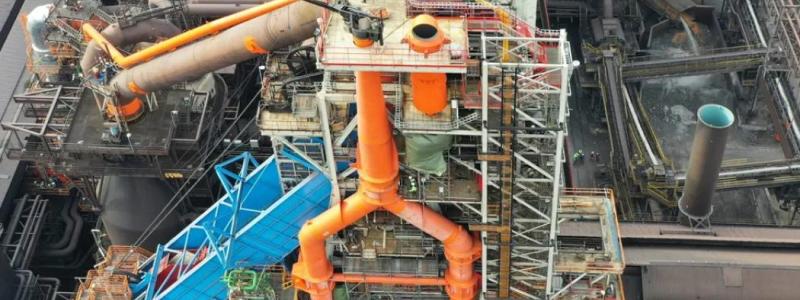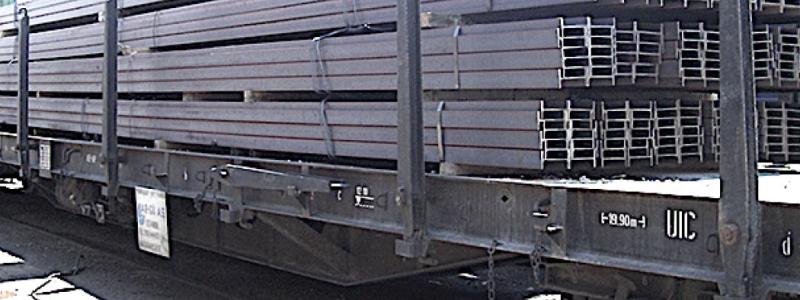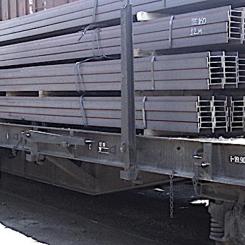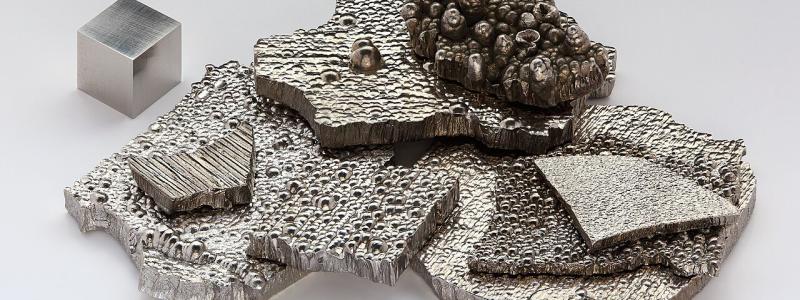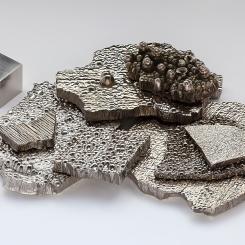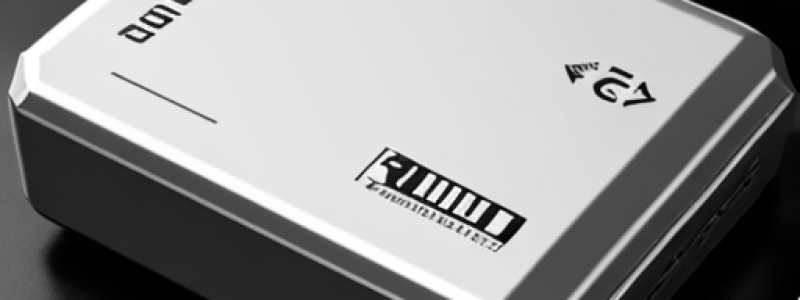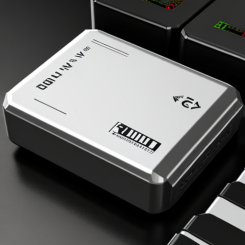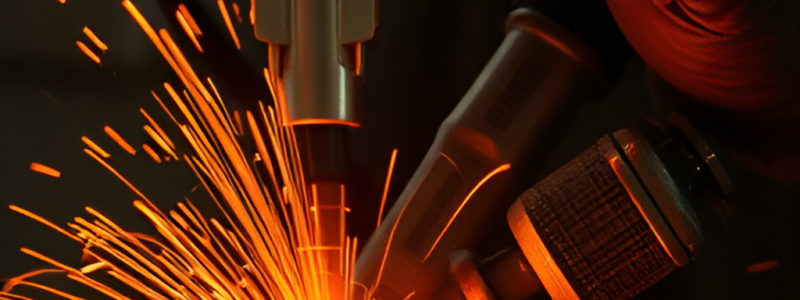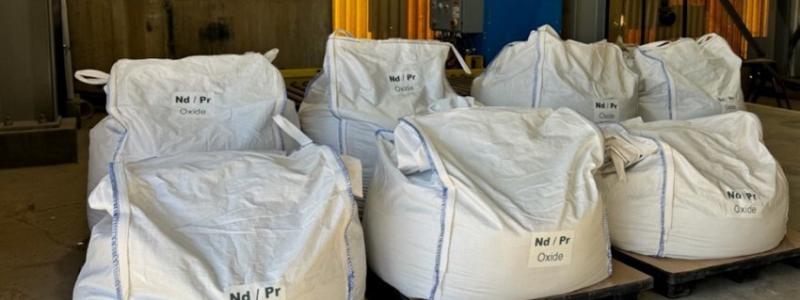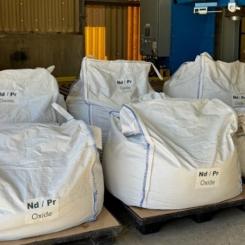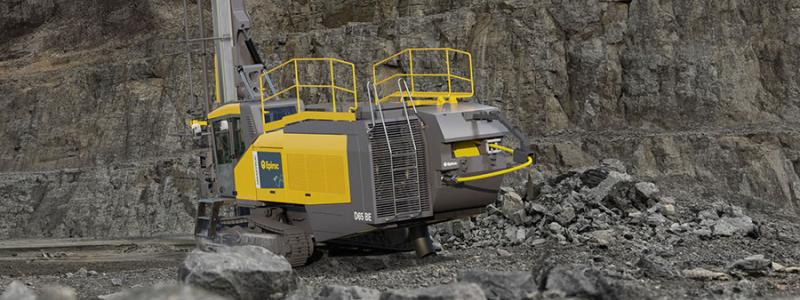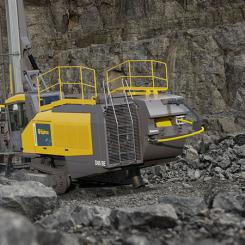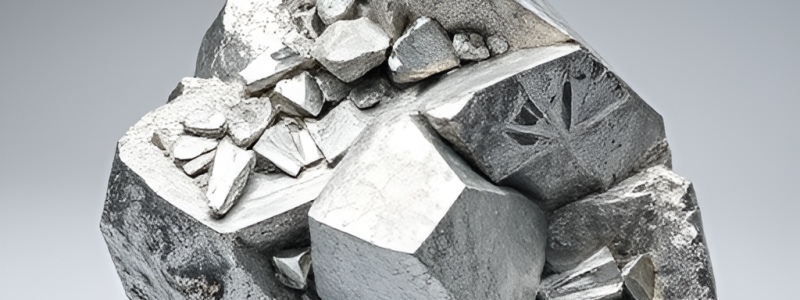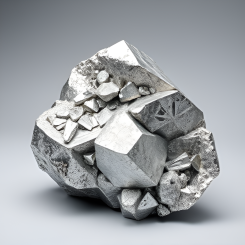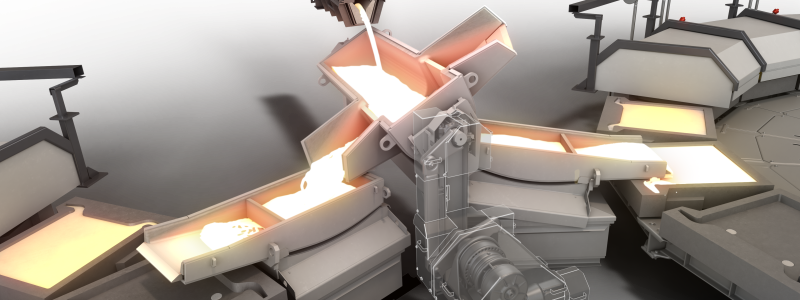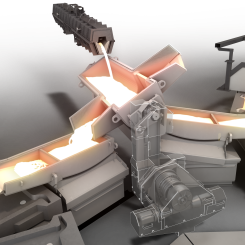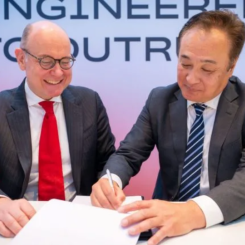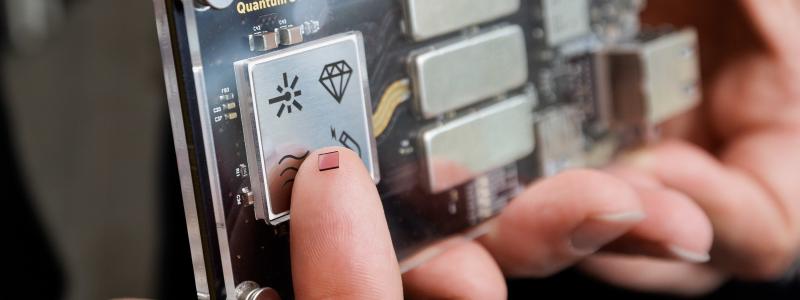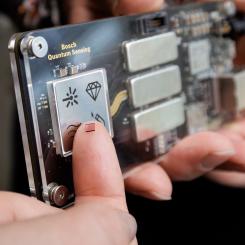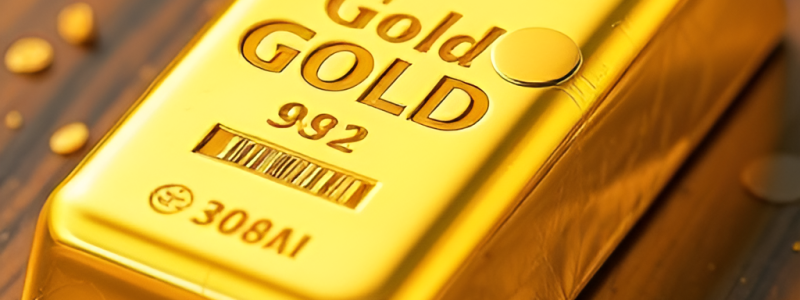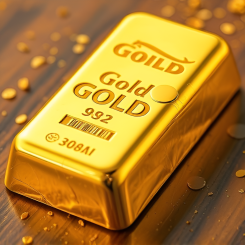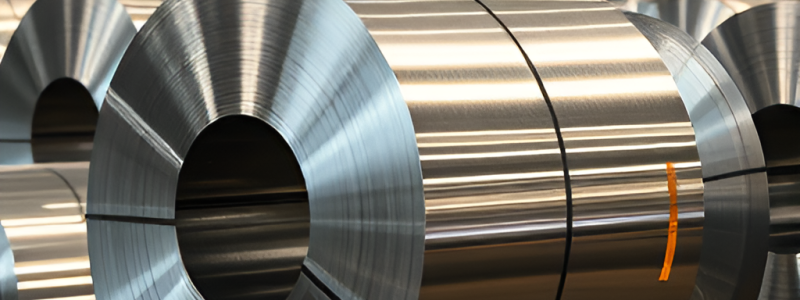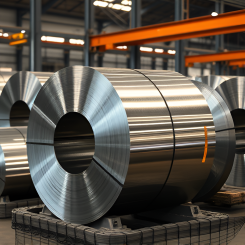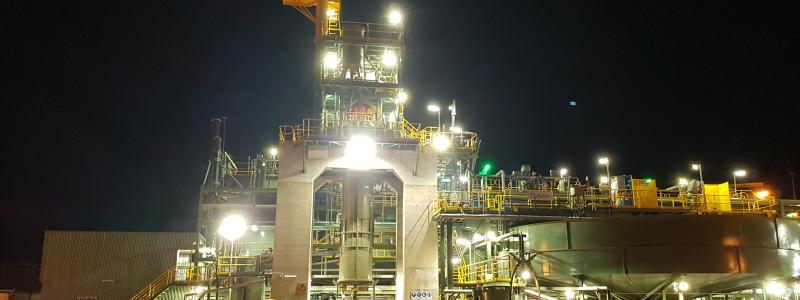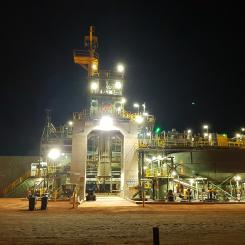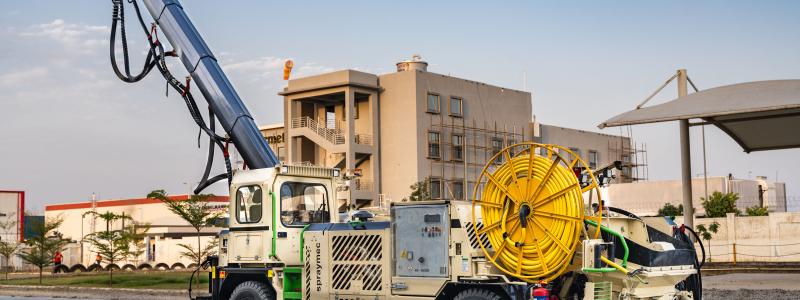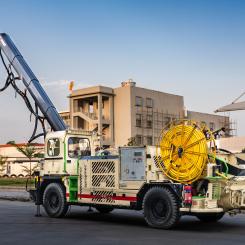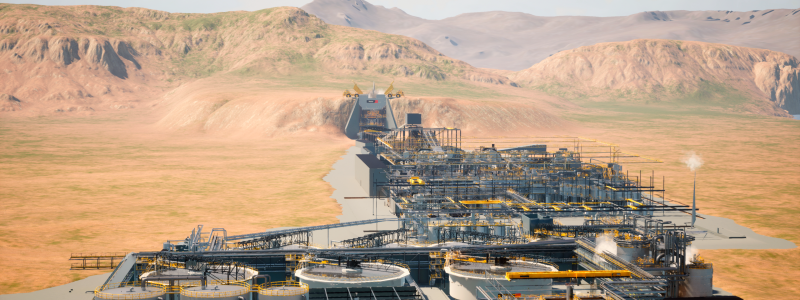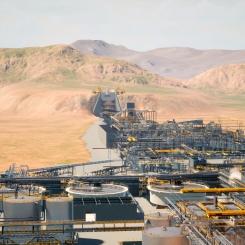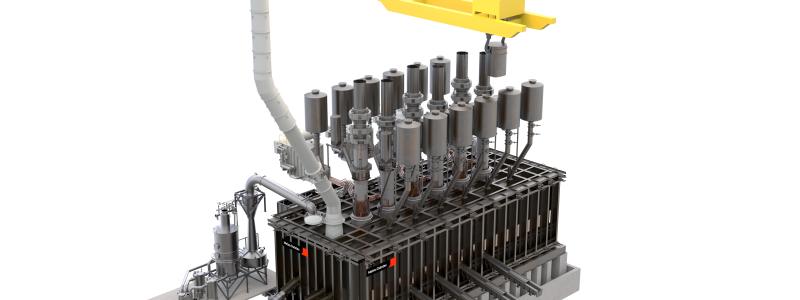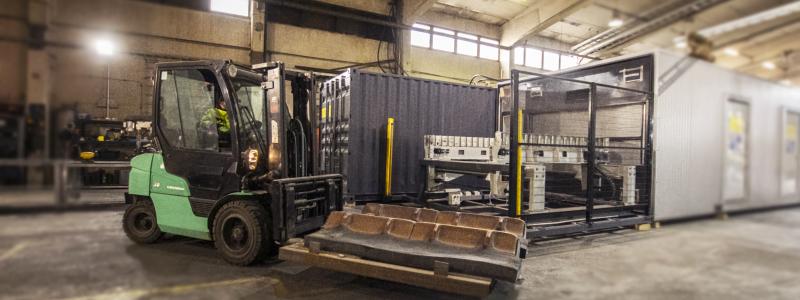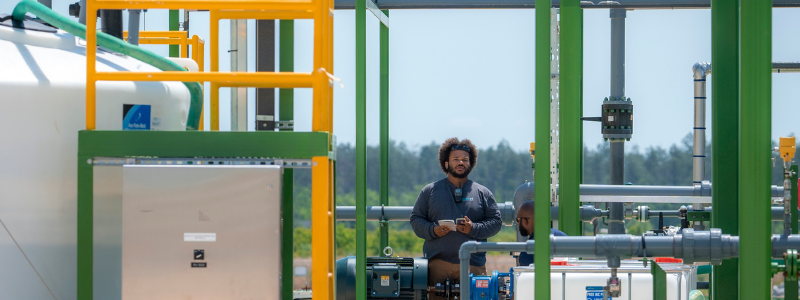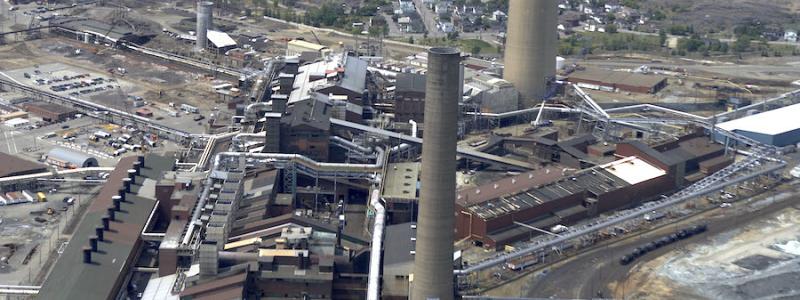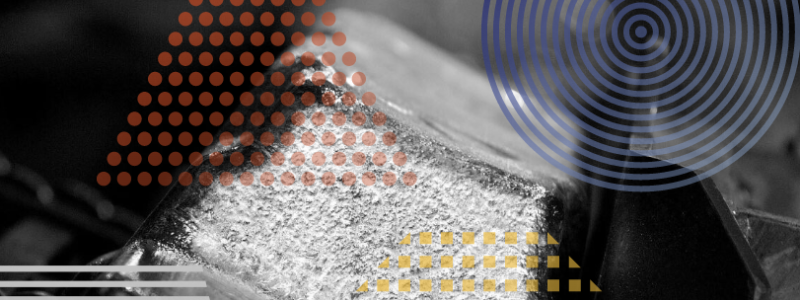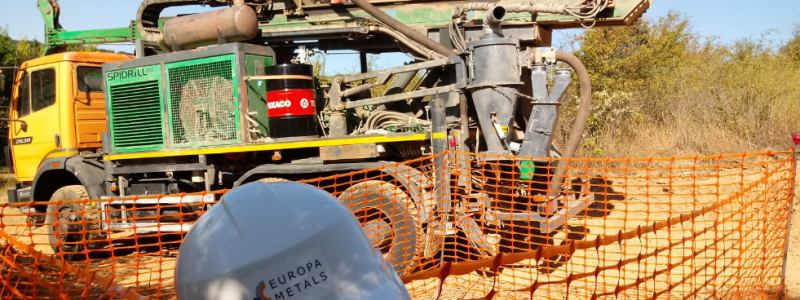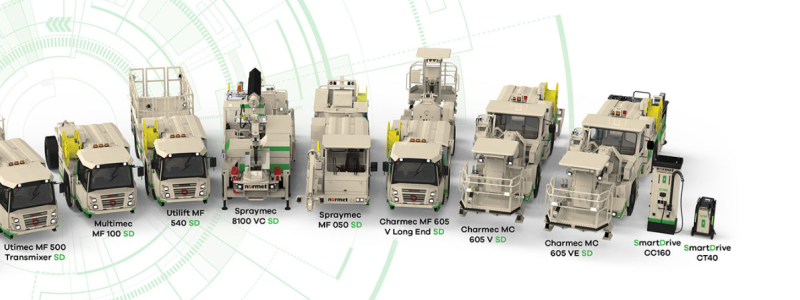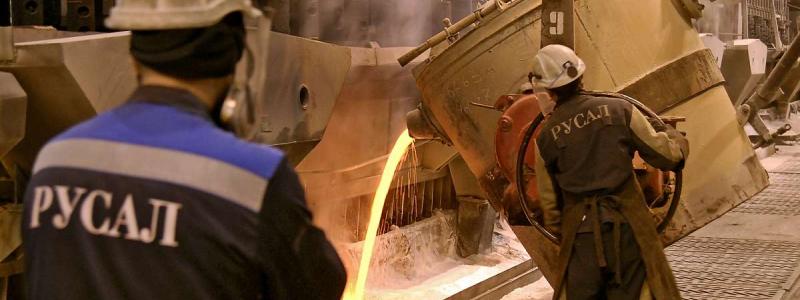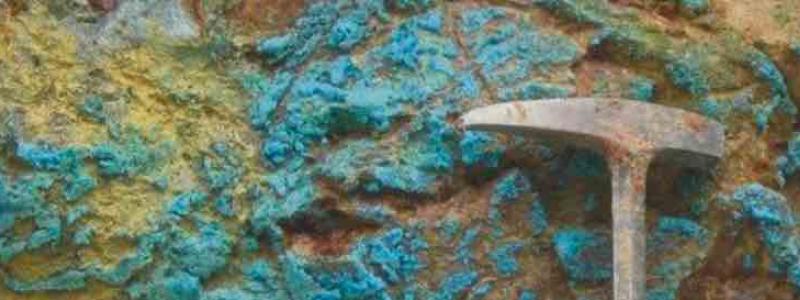A new metal alloy developed in the United States, in collaboration with several universities, could have significant implications for both industry and defence.
The material is a highly heat-resistant copper alloy that maintains its strength even at very high temperatures. It primarily consists of copper, with small additions of lithium and tantalum.
The key to the alloy’s properties lies in its internal structure. Within the material, extremely small crystals – just a few nanometers in size – are formed, made up of a compound of copper and lithium. These crystals are encased in a shell precisely two atomic layers thick, composed of tantalum.
– This type of structure gives the material stability even under extreme heat, say the researchers behind the project.
The crystals’ shape and composition cause them to act as anchors within the material. They prevent the metal’s atoms from sliding past one another – a process that typically weakens metals under high temperatures. As a result, the alloy retains its strength even when exposed to heat.
Retains strength even at 800 degrees Celsius
Tests show that the alloy’s strength exceeds one gigapascal, both at room temperature and at 800 degrees Celsius. This is comparable to the strength of certain tool steels at normal temperatures. Unlike most metals, the new alloy does not soften even after prolonged exposure to heat.
Researchers have maintained the material at 800 degrees for over ten thousand hours – more than a year – without any loss of shape or structure.
The alloy consists of approximately ninety-six point five per cent copper, three per cent tantalum, and zero point five per cent lithium, measured by atomic proportion. In terms of mass, the distribution is about ninety-one point eight per cent copper, eight point one per cent tantalum, and zero point zero five per cent lithium.
Potential applications and future outlook
Although tantalum is an expensive material, the overall alloy is significantly cheaper than many so-called superalloys, particularly those based on nickel or tungsten.
According to the research team, the material could eventually replace more costly alloys in components exposed to high temperatures where extreme heat resistance is not critical. Possible applications include heat exchangers and parts of rocket engines and hypersonic missiles.
– It is unlikely the alloy will be used in the hottest parts of rocket engines, but it is well suited for components with slightly lower heat resistance requirements, the researchers note.
However, the practical use of the material remains several years away. Existing systems cannot be retrofitted easily, but the alloy may become an attractive option in the design of new technologies.
Copper, one of humanity’s oldest metals with a history spanning over five thousand years, continues to demonstrate its versatility – now in cutting-edge applications.
The new alloy has been granted a patent, and the research findings have been published in the scientific journal Science. The first author of the article is B. C. Hornbuckle from the United States Army, indicating a significant practical role in the study.
University professors Martin Harmer and Kiran Solanki, along with Kris Darling from the United States Army, led the project.
The researchers conclude that this material has unexpected properties, created through precise control of structure at the atomic level.
Source: Kauppalehti


